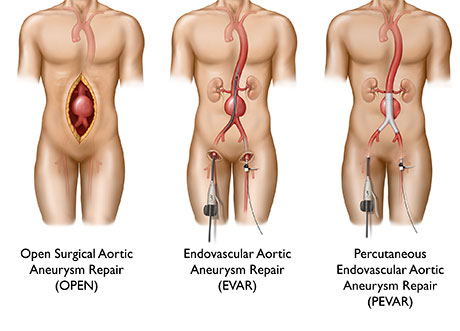Deep vein thrombosis is the formation of a blood clot, primarily in deep veins of the lower legs or thighs, occurring when the vein is completely or partially blocked slowing or stopping blood flow. Patients can expect signs and symptoms of: pain or tenderness in the leg, swelling of the leg, discoloration, or no symptoms at all.
Blood clots can happen to anyone, at any age, and sometimes go undetected until the clot has dislodged and made its way to the lungs potentially causing a pulmonary embolism, which is the blockage of an artery in the lung. The risk, however, increases with a family history of clotting, or long periods of immobility.
Trellis Peripheral Infusion System is a unique and innovative treatment used to treat deep vein thrombosis (DVT). Before the Trellis procedure, previous techniques such as blood thinning medication were used along with compression stockings as to break up clots. Blood thinners, while effective in decreasing the blood clot and risk of a fatal pulmonary embolism, could lead to post thrombotic syndrome and don’t fully dissolve the clot.
The Trellis procedure, introduced in 2006, has proved to be safer and provided a quicker return to normal blood flow for the patient. Within 24 hours patients can go home and in a period of 1-2 days after the procedure they can return to normal activities.
Known as the clot buster, the Trellis procedure uses an oscillating catheter that is inserted into the problem vein. Two balloons are inflated isolating the clot within the vein. Clot dissolving medicine is infused through the catheter into the space between the balloons and takes 10 minutes of oscillation to dissolve the clot, at the end of the procedure the liquefied clot is aspired out of the catheter.
IHA Vascular & Endovascular Specialists like me, routinely preform this operation. We are all highly trained and board certified in our respective fields. These operations are routinely preformed and if you fit the right criteria the Trellis Procedure is a quick and easy procedure for DVT.
To decrease the risk of DVT, I recommend maintaining an active lifestyle. Also preforming leg exercises and stretching at least two times a day can help lower the risk. Along with exercising, choosing a healthy diet and getting regular check-ups for blood pressure can also help decrease the formation of blood clots.
It is also wise to get up and move around after long periods of immobility. For example, on long plane rides get up from your seat and walk the aisles. Similarly if you sit at a desk all day, get up and take breaks from your desk. The same is true for long car rides as well, pull over and take pit stops to stretch your legs.
If you are experiencing any of the signs or symptoms, or feel that you are at risk for DVT, call your primary care physician to set up an appointment.


